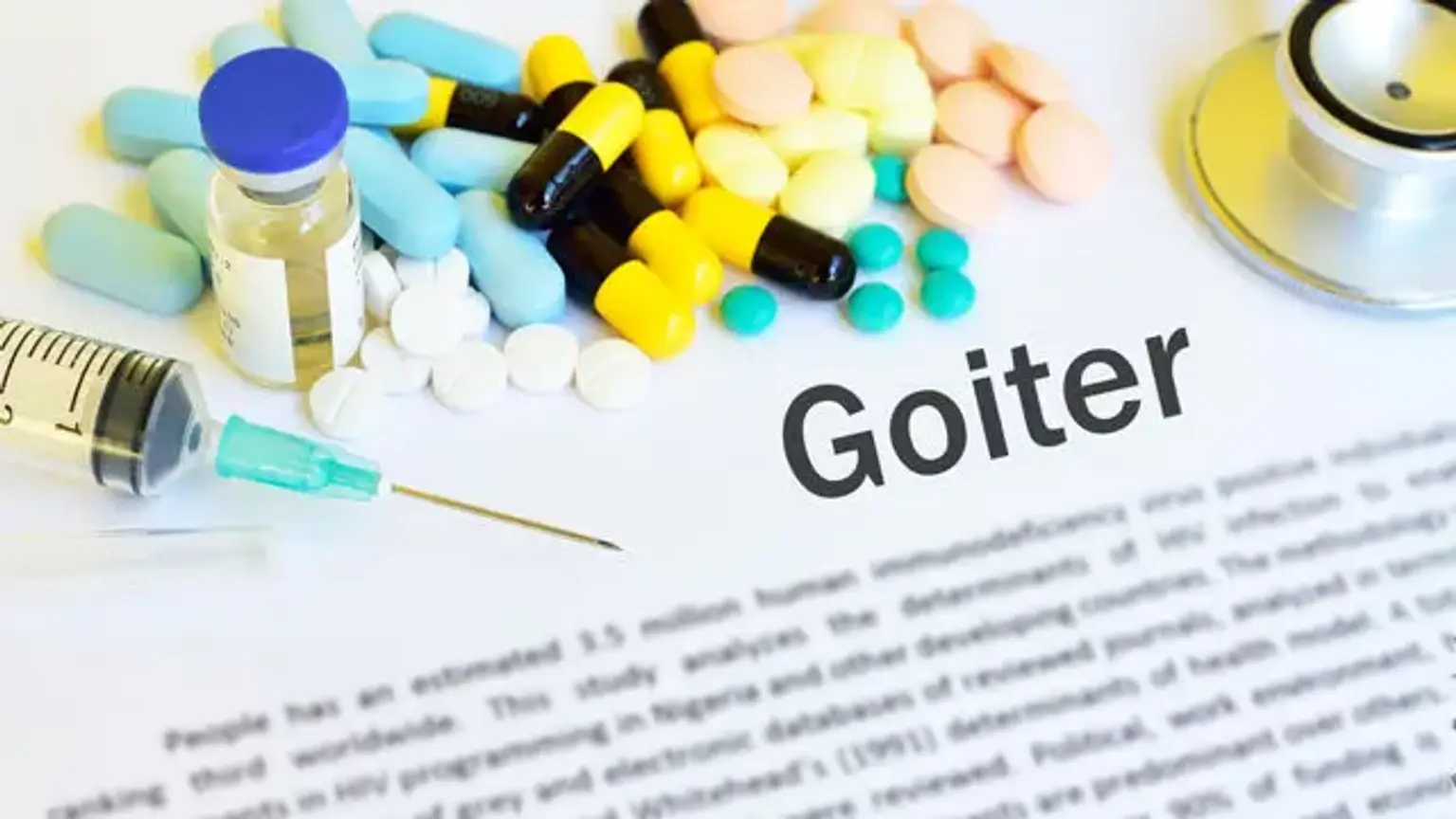Endemic goiter
Overview
Endemic goiter occurs when the prevalence of thyroid enlargement in a community surpasses 10%. With a few exceptions, its etiology is iodine shortage along with other goitrogenic variables that are generally present and responsible for sporadic goitre. Iodine insufficiency causes serious health concerns, hence the term iodine deficiency diseases (IDD) was developed.
The most common symptom of IDD is goitre, however these illnesses also include cretinism, neonatal hypothyroidism, and congenital abnormalities, as well as delays in mental and physical development, among other things. IDD are a worldwide problem: the WHO estimates that more than 800 million people are at risk, and more than 190 million suffer from IDD; over 3 million individuals have cretinism, and many millions suffer from mental and physical developmental impairments in the most severely afflicted areas.
Prophylaxis with iodine in salt, oil, or another vehicle can completely remove endemic goiter. Problems in preventing iodine deficiency stem from challenges in the handling and distribution of iodized vehicles in some regions of the world, as well as a lack of political will to implement preventative measures.
